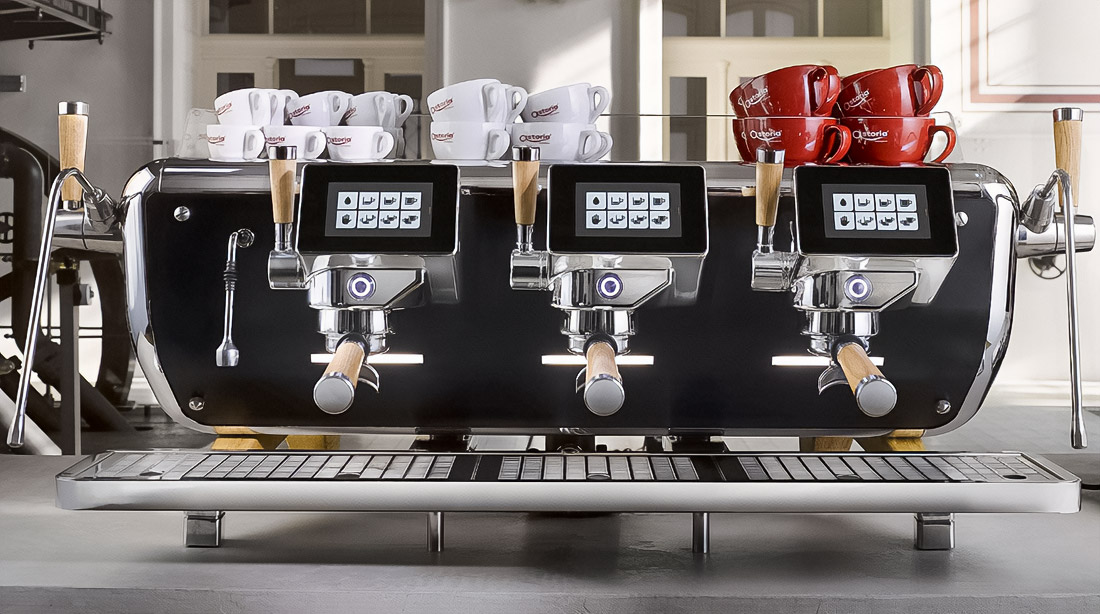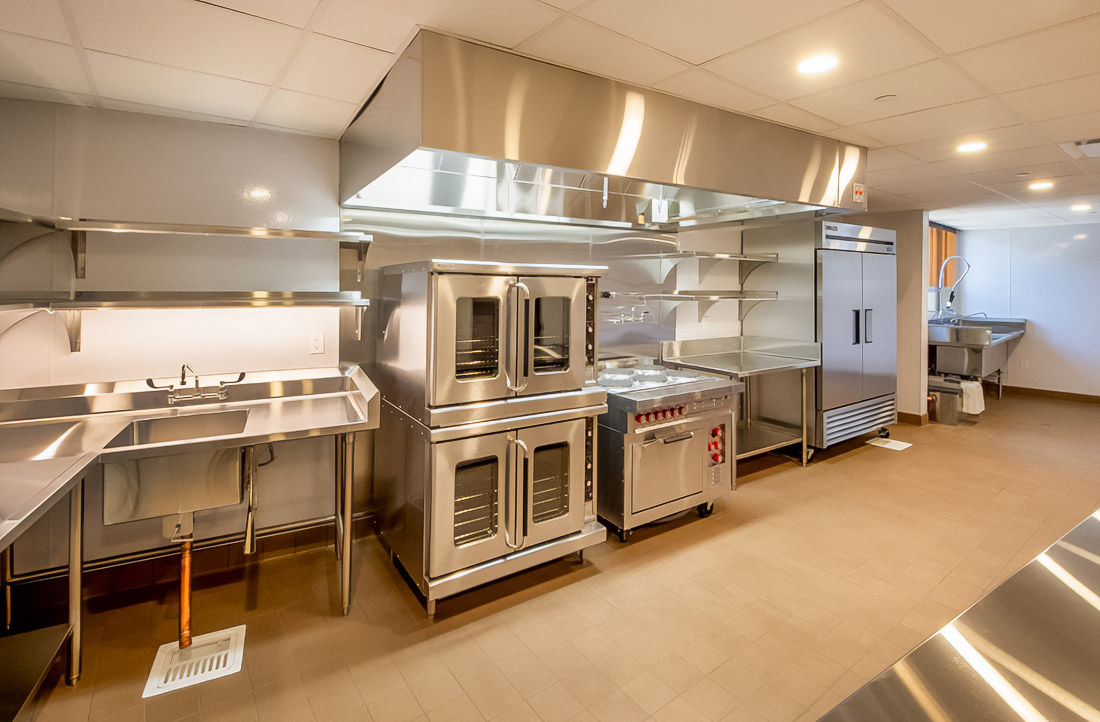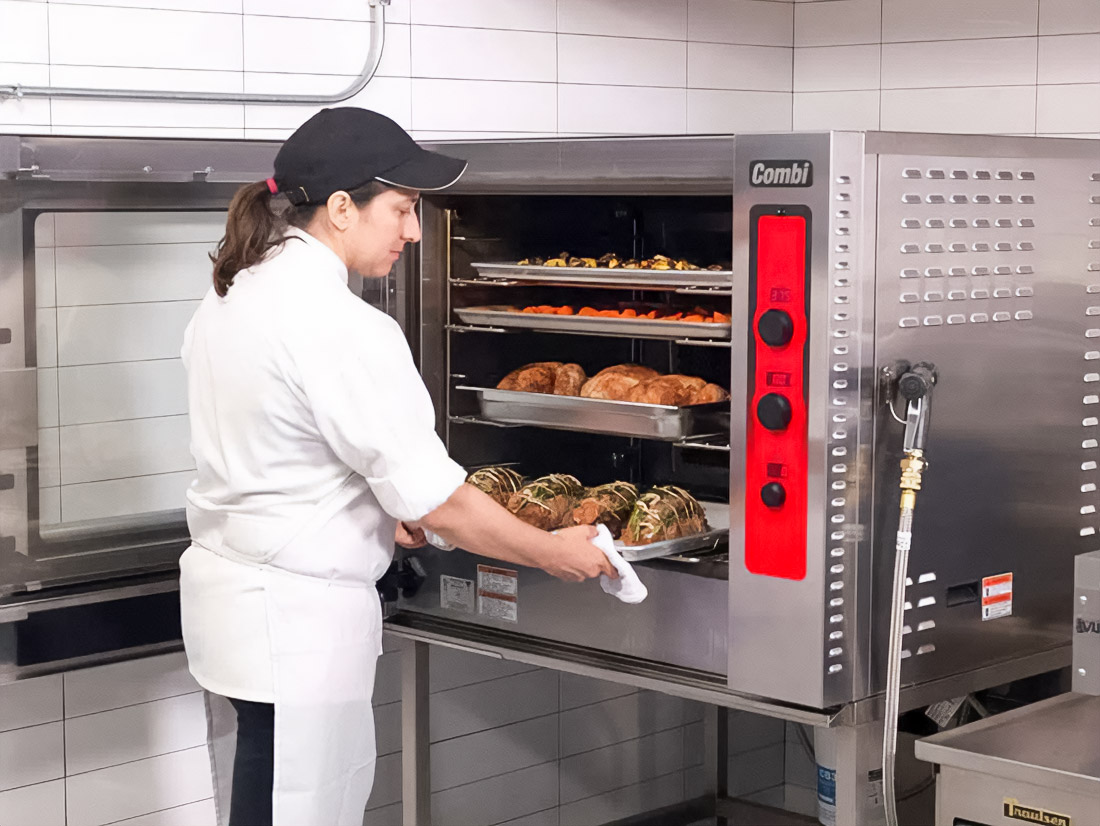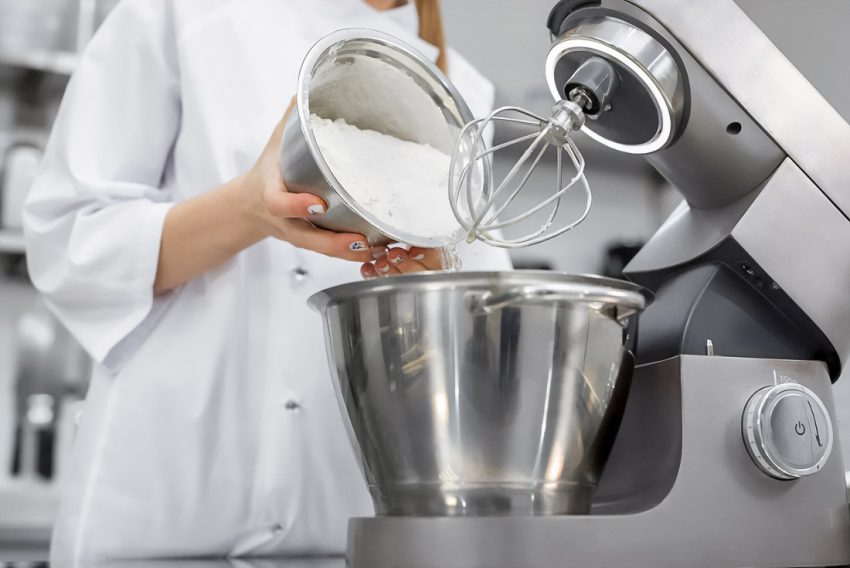Planning the kitchen — this is the heart of any culinary zone, be it a restaurant or home coziness. Competently organized spaces increase the efficiency of the use of equipment, minimizing spent efforts and time on the execution of everyday tasks. In this article, we will reveal how diverse types of kitchen planning influence productivity and organization of operations and also provide recommendations for the choice of optimal configuration for specific needs. For this, it is important to cooperate with reliable restaurant kitchen equipment suppliers.
Diversity of Types of Plannings

In the market, several typical types of planning of the kitchens, each of which has its exclusive advantages and minuses.
- Linear planning: Construction, implying placement of all elements in one line. Suitable for spaces from 10 to 15 square meters and facilitates access to technique. Disadvantages include the limitation of the number of working simultaneously in the kitchen.
- Island planning: Central island is used for cooking, serving or storage. This type of planning promotes open and communicative interaction between participants of the process. However, it requires space not less than 25 square meters for comfortable movement.
- U-shaped planning: Three walls, forming U-shaped construction, create a convenient working triangle between the refrigerator, stove, and sink, providing more than 3.5 meters of effective storage space.
- L-shaped planning: Using two adjacent walls, this type of planning is a universal solution for kitchen areas from 15 to 20 square meters, providing flexible placement of equipment and easy integration of the dining area.
Influence on Productivity of Kitchen Equipment

Planning of kitchen space critically influences the operation of equipment. Correct placement of techniques and zones of cooking can painfully increase the speed of work and improve their quality. Carefully consider the following features:
- Accessibility and ease of use: Rational planning provides convenient access to key components, minimizing movements and time costs. For example, the distance between the refrigerator, stove, and sink should not exceed 5 meters.
- Maintenance and care: Easy access to household techniques facilitates regular technical maintenance and care. This is especially relevant for commercial kitchens, where U-shaped planning guarantees that the technique is always at hand and in working condition.
Optimization of Working Process
Efficiency and consistency of working processes powerfully increase thanks to thoughtful kitchen design that provides swiftness of execution of certain tasks.
- Movement of employees: In public catering establishments, where the pace of work has decisive importance, planning is dictated by the necessity of coordinated interaction. Island plannings allow several chefs to work simultaneously without delays.
- Reduction of task time: Rational space minimizes time spent on searches and movements. This is fundamentally in commercial conditions, where every second is important for the successful service of clients.
- Improvement of interaction between workers: Variants with open spaces, like island planning, promote better interaction and coordination between employees that maximally increase collective efficiency.
Real Cases and Studies of Efficiency Enhancement

Consider examples of successful plannings and studies demonstrating their influence on culinary achievements.
- Studies in restaurants: Analysis in the food industry showed that restaurants with professionally designed kitchens reduce error rates by up to 30% and increase overall productivity. U-shaped plannings provide chefs with ease and accelerate work in a team.
- Experience of households: In conditions of domestic exploitation, L-shaped planning provides optimal solutions for families. It harmonizes with diverse lifestyles and promotes convenience in the organization of space for cooking and storage.
So, planning the kitchen influences the productivity of equipment and optimization of the working process. The optimal choice of planning depends on specific needs and available areas for realization. Regardless of type, the main attention should be paid to convenience of access to main appliances, freedom of movement, and effective interaction between all participants of the process, which will improve both functionality and comfort of work in the kitchen.

I graduated from the California Institute of Technology in 2016 with a bachelor’s degree in software development.
